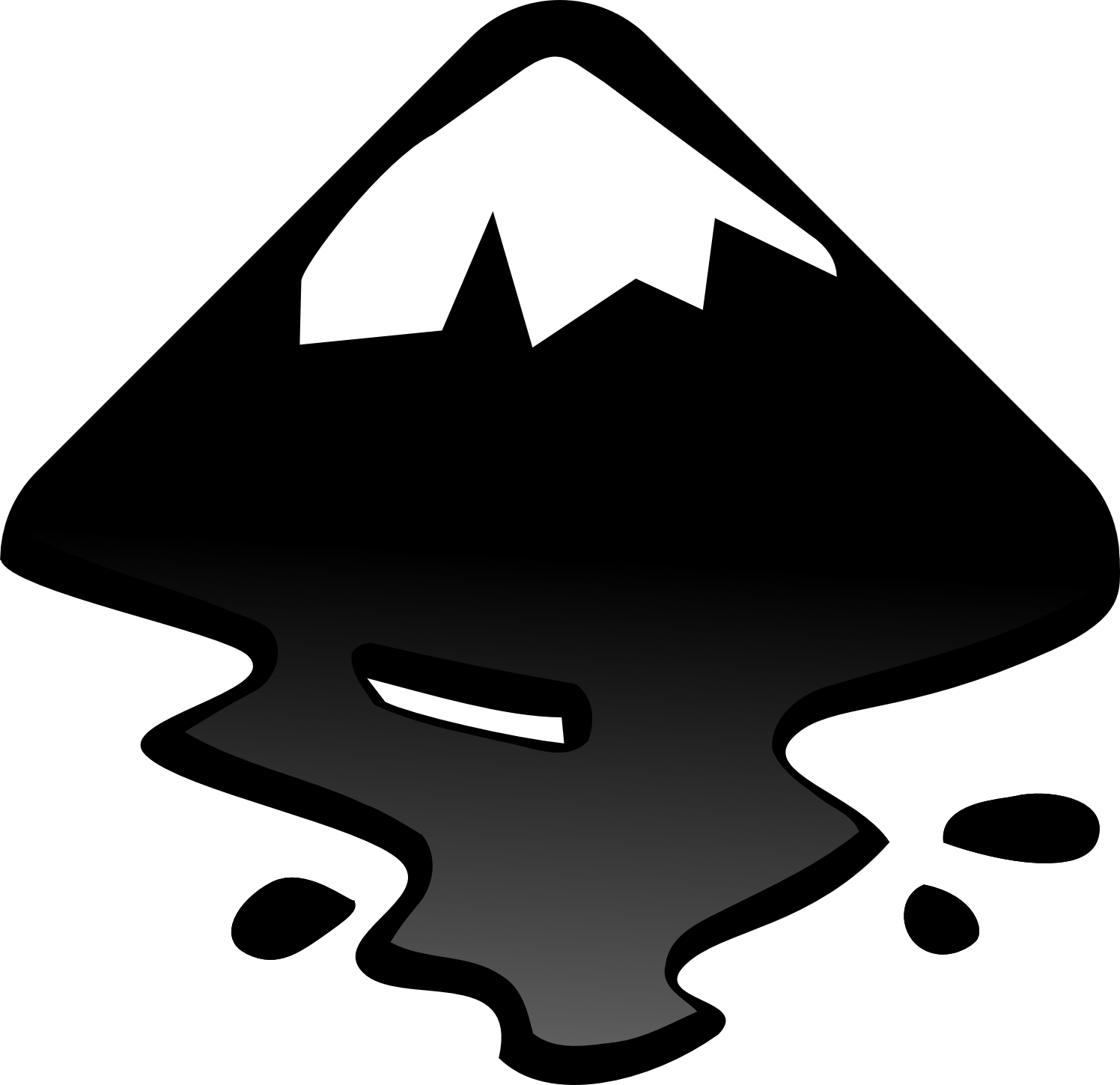
The W3C standard vector image format is called SVG (Scalable Vector Graphics). Ghostview can read it very well but does not have any editing capabilities. It is widely supported as an export format, but due to the complexity of the full format specification, not all programs that claim to support EPS are able to import all variants of it.Īdobe Illustrator and recent versions of CorelDRAW have very good support for reading and writing EPS. It is the standard interchange format in the print industry. In any case, all of the variants of BMP should be avoided when possible, as they use little to noĬompression and consequently have unnecessarily large file sizes.Īdobe's EPS format (Encapsulated PostScript) is perhaps the most common vector image format. Most modern image editing tools are able to read both. Own formats, both of which are called BMP. There are actually several BMP formats (BitMaP). Vector Magic recommends using the PNG format when storing logos as bitmaps. This format is widely supported by web browsers and image viewers/editors. The best of the lossless image formats is called PNG (Portable Network Graphics).

They are more suitable for things like logos. These store an exact pixel-by-pixel representation of the image, but require more space. We do not recommend using JPEG files for rasterized vector art, as the compression artifacts substantially degrade the quality of the image near edges. It has excellent compression characteristics and has the nice feature that the user may specify what level of compression they desire, trading off fidelity for file size. One of the most widely-used image formats. They are also commonly used on the web to save bandwidth.

They are best suited to photographs and other images where perfect accuracy is not important. These have smaller file sizes but do not store a perfect copy of the image. Some of the most common are: JPEG, PNG, GIF, BMP, and TIFF.īroadly speaking, they fall into two categories: Lossy formats There is a large number of different bitmap formats.


 0 kommentar(er)
0 kommentar(er)
